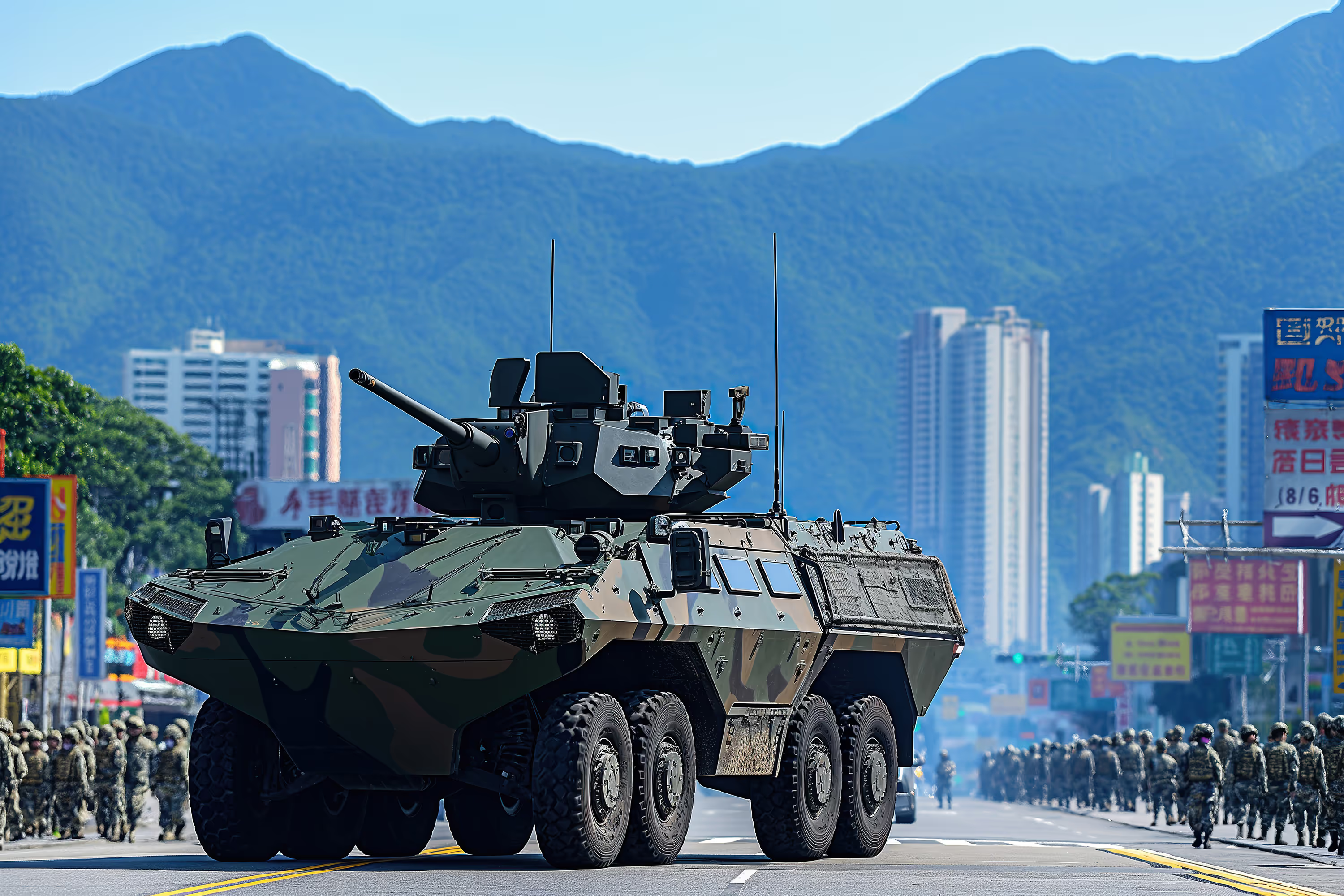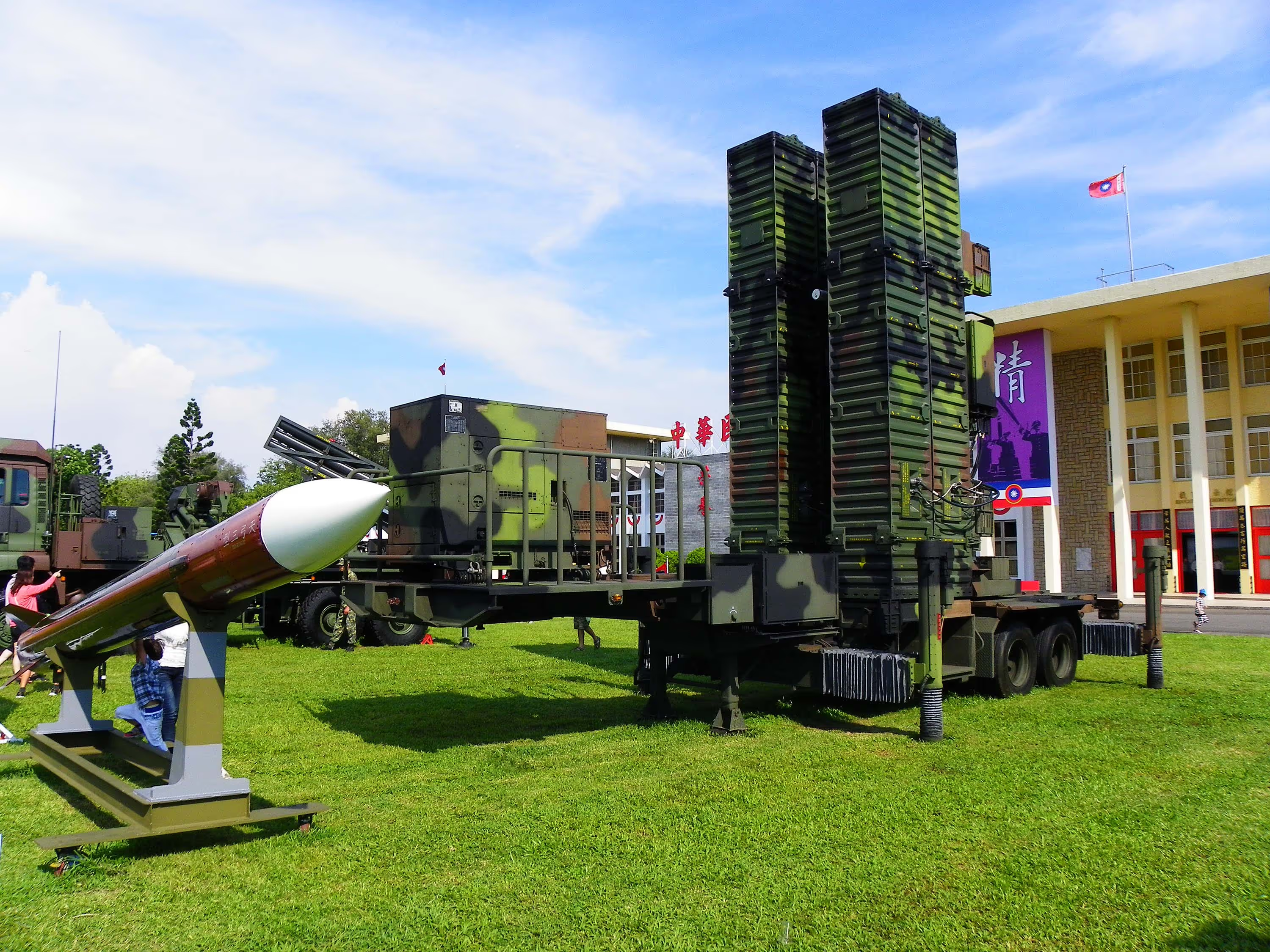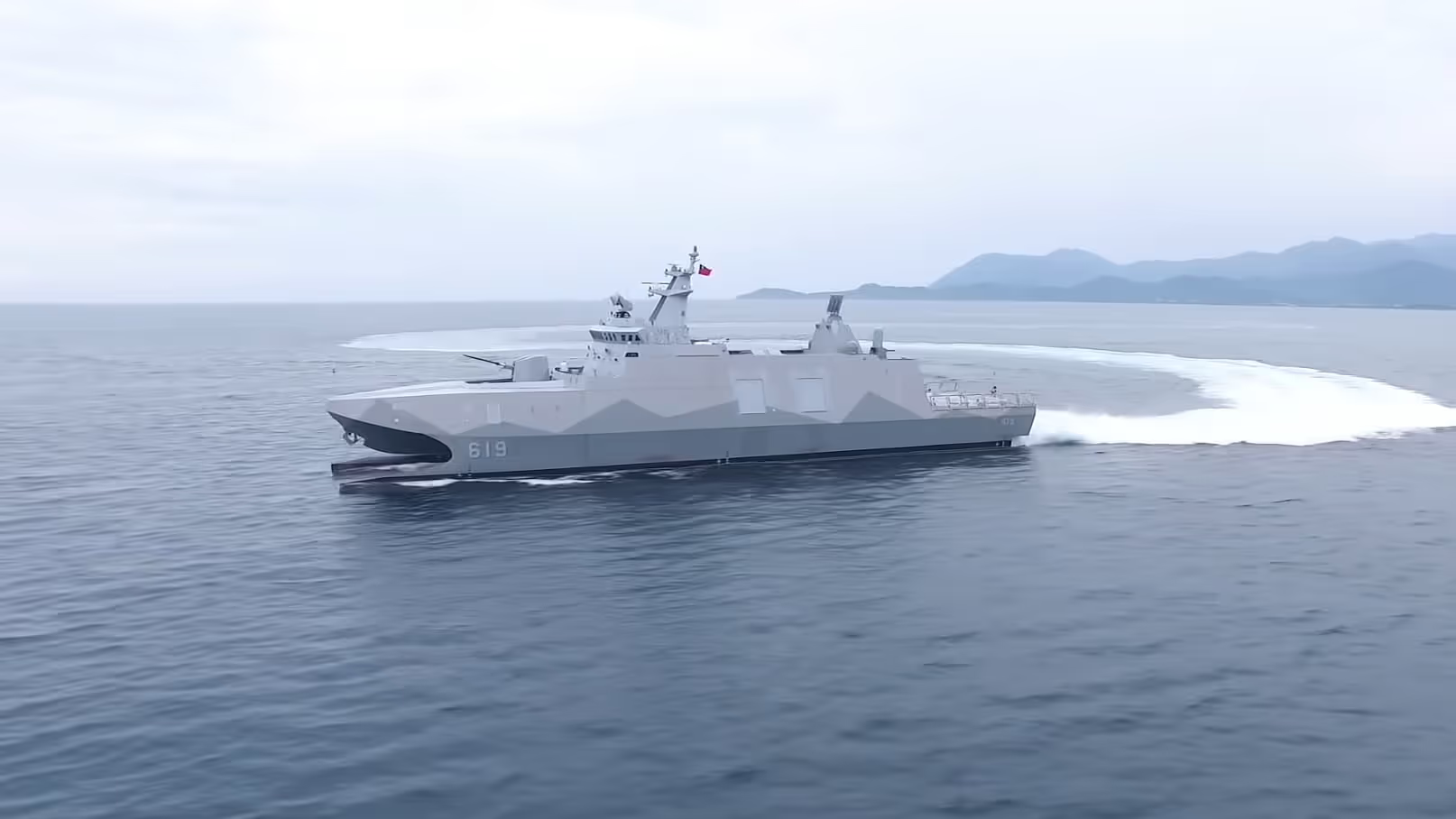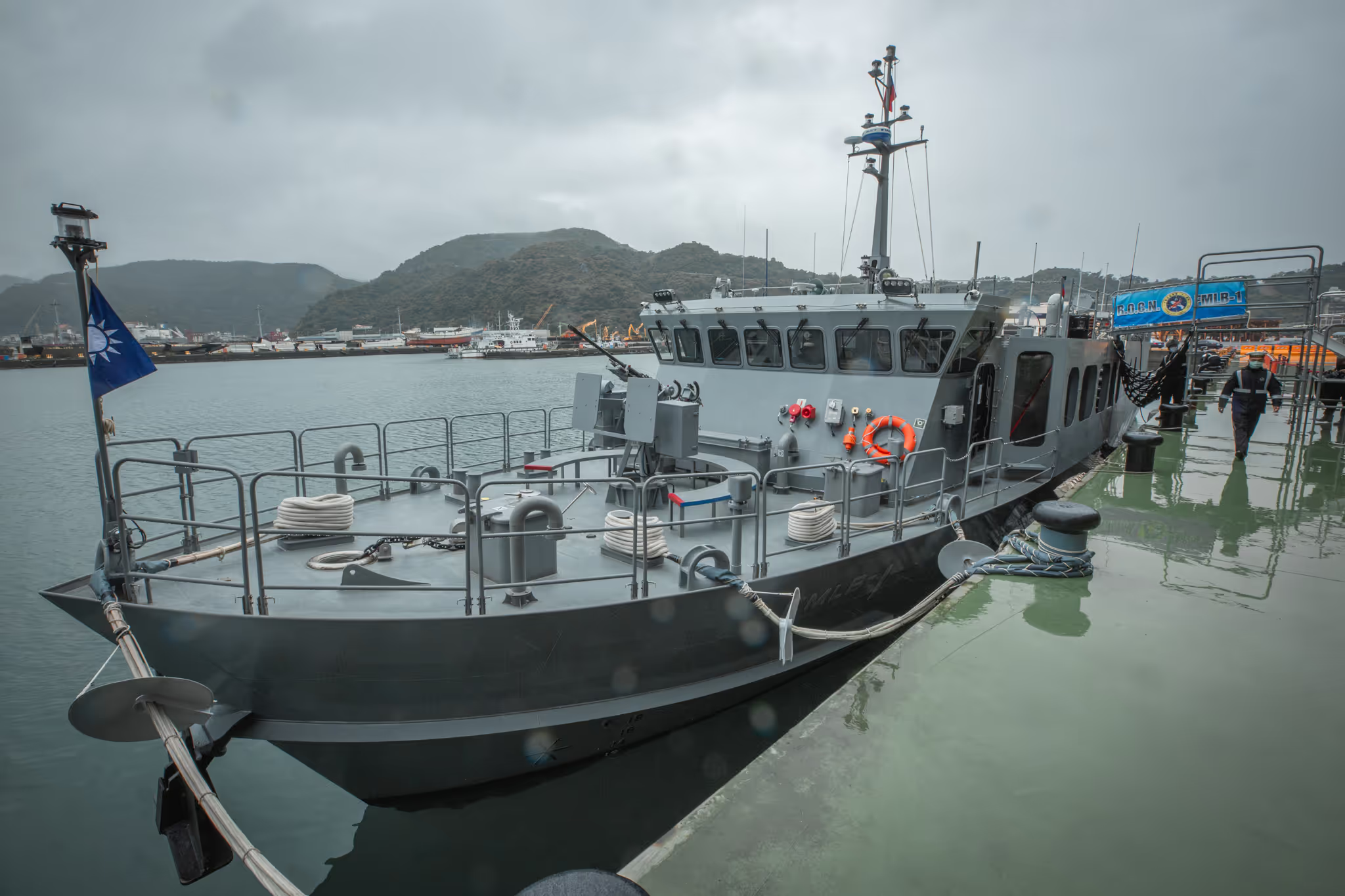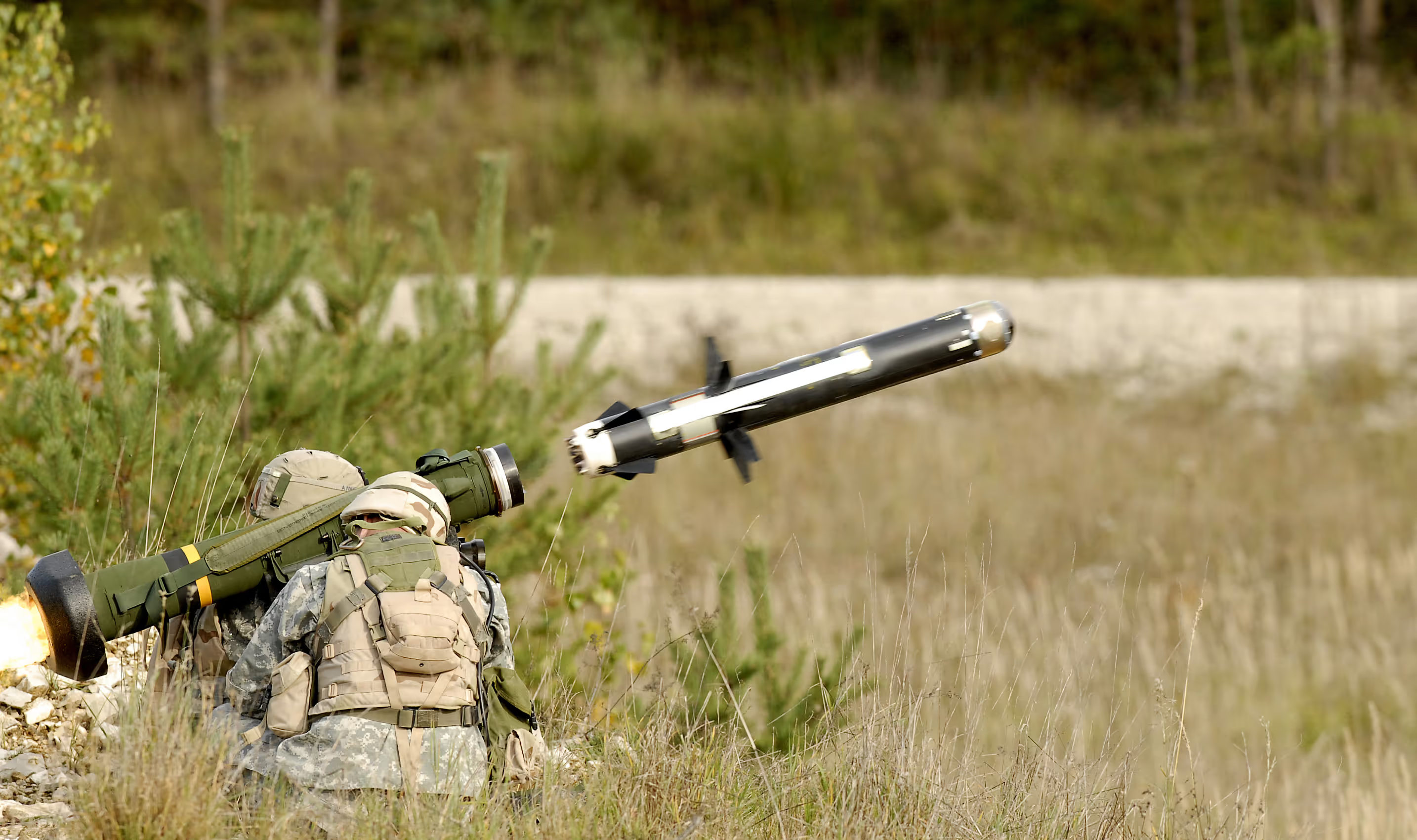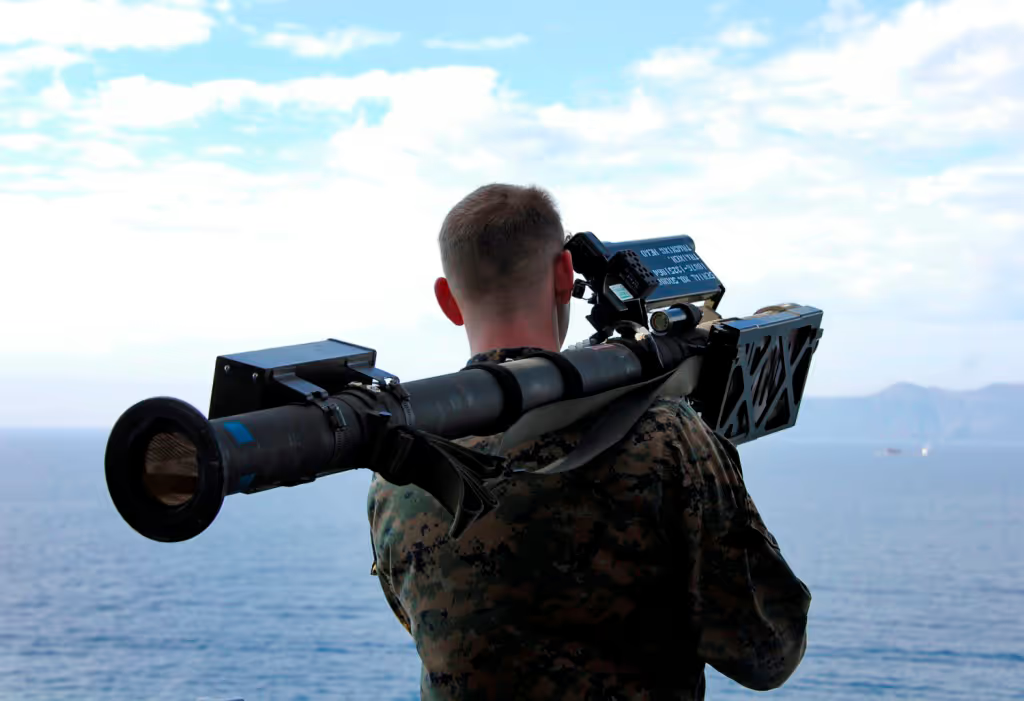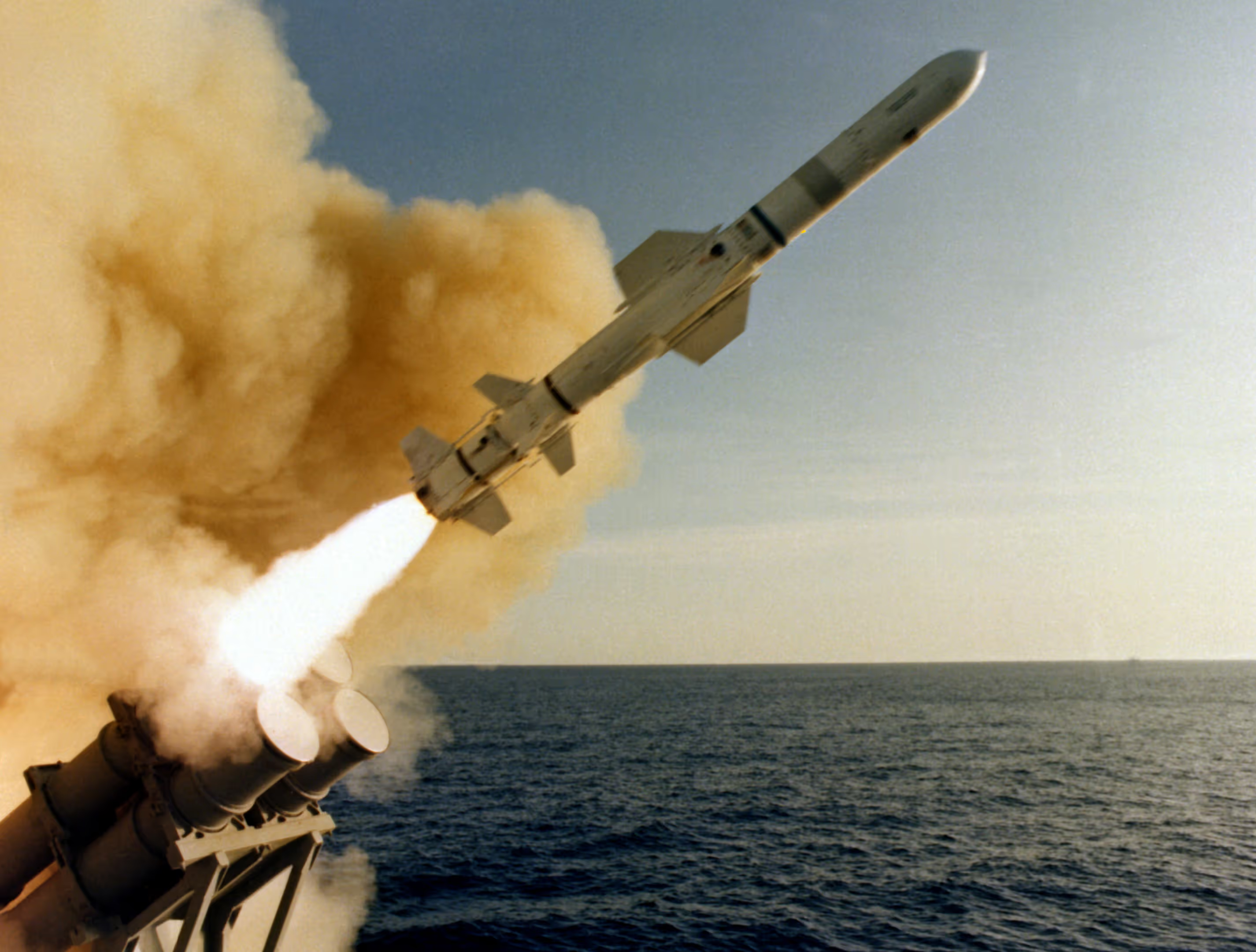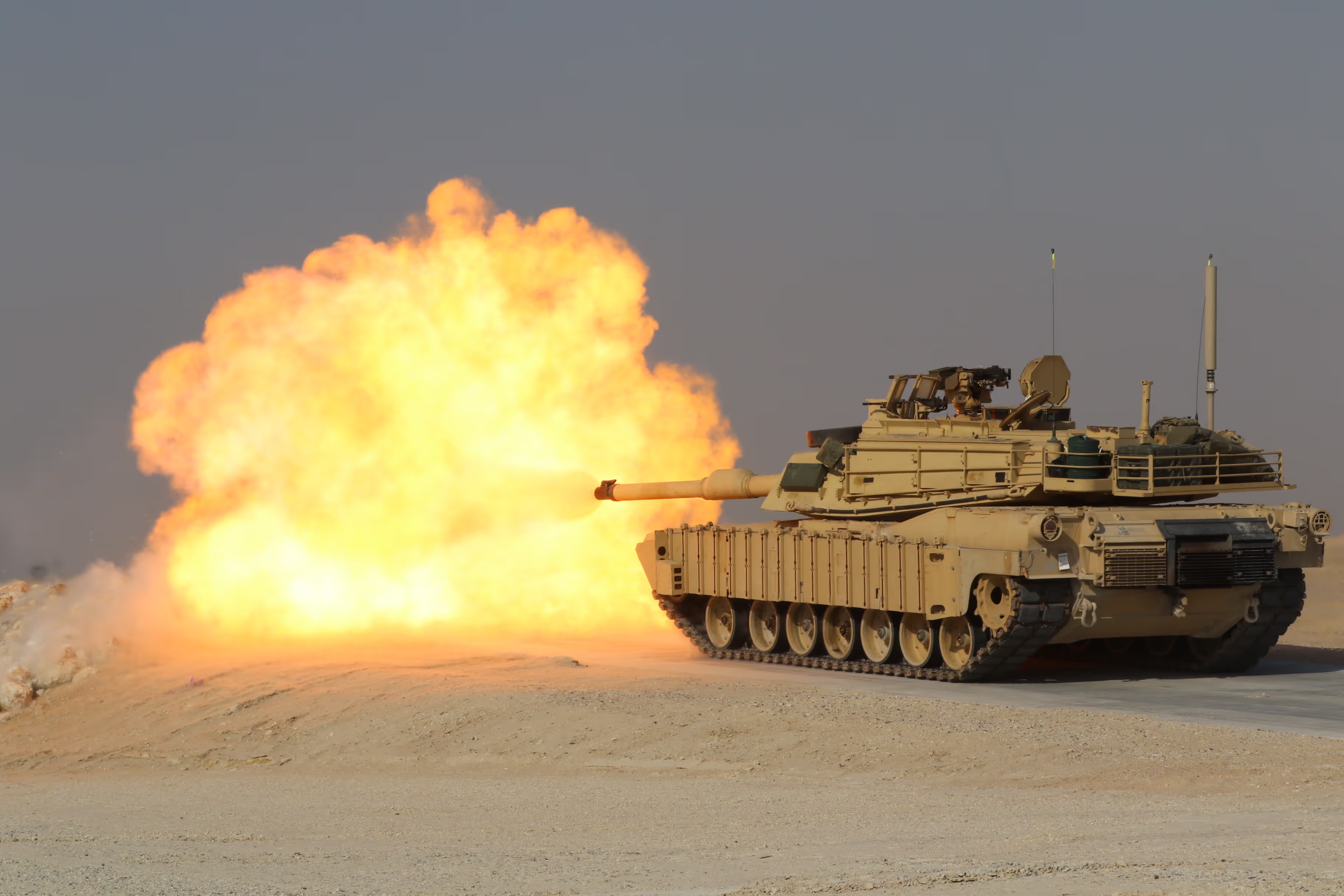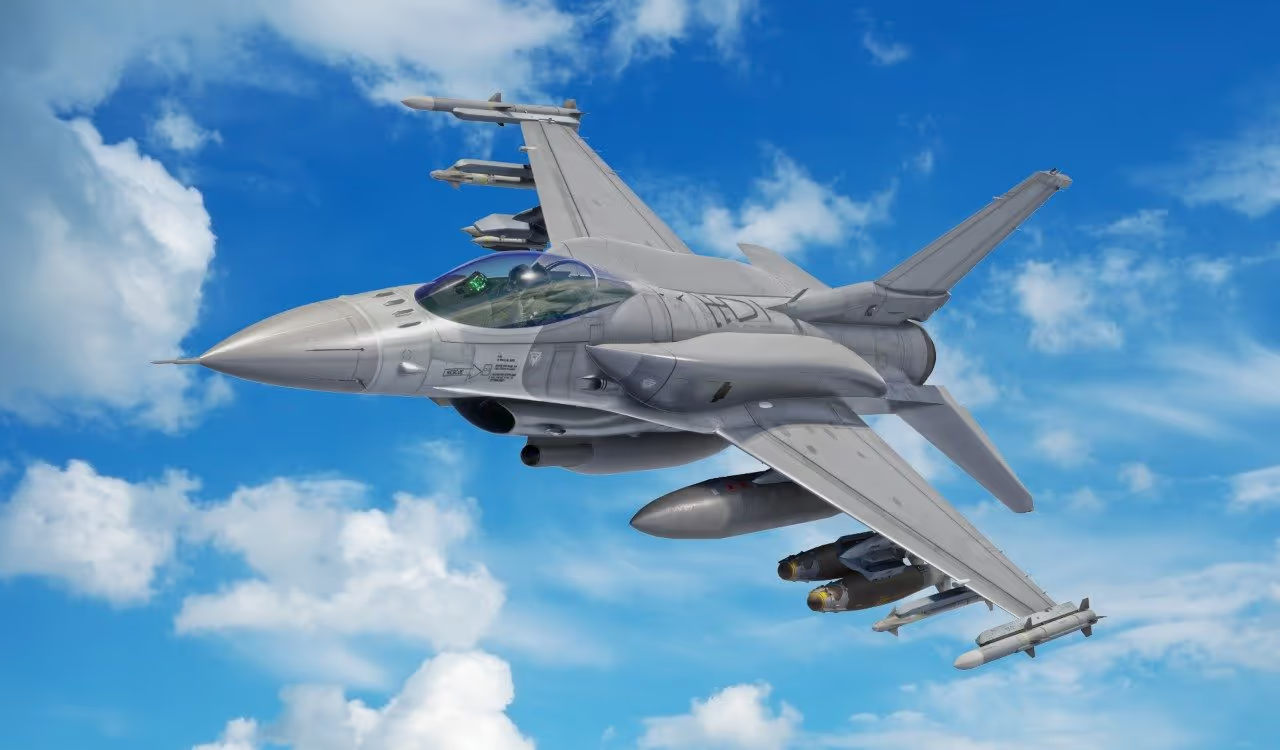Taiwan is arguably more outmatched and outgunned by China’s military than at any time since 1949. Yet Taiwan is responding, albeit with far fewer resources. In 2024, President Lai appointed Wellington Koo as Taiwan’s Minister of National Defense—a bold and highly unusual choice, given Koo’s lack of prior military experience.
Traditionally, that position has been filled by former generals, whose military expertise was highly valued. However, past defence ministers have been criticised for adhering to outdated mindsets that prioritise conventional warfare and large, flashy equipment. Such perspectives often limited their ability to implement reforms aligned with the government’s increasingly urgent priorities.
Koo appears to be breaking with convention. Despite facing internal challenges and resistance to reform, he’s moving the military in a positive direction, advancing reforms that strengthen training and enhance Taiwan’s asymmetric capabilities.
Preparing the force
Training the force
Outdated drills have been retired: bayonet charges and goosestepping are gone, replaced by realistic, combat-focused training.
Han Kuang’ exercises have been revamped: Taiwan’s largest war games now span:
- 14 days of computer-aided simulations
- 10 days of live-fire combat drills
- 24-hour brigade-level endurance tests, including night combat.
Urban warfare facilities are under construction, and drone operations are now part of core training, reflecting the modern battlefield.
Strengthening conscription and the reserves
In 2023, Taiwan reinstated one-year conscription, reversing the 2013 cut to four months:
- New conscripts now train with advanced systems, such as Stinger and Javelin missiles, gaining real capability in asymmetric warfare.
The 1.66-million-strong reserve force is receiving:
- double the annual training days (from 7 to 14 days)
- modernised training centres and new training brigades
- a focus on rapid mobilisation and critical wartime support roles.
Civil–military integration
Old civil defence drills, once symbolic siren tests, have been replaced with realistic, city-wide resilience exercises:
- Exercises now take place in the heart of Taiwan’s cities.
- 24/7 convenience stores act as emergency supply hubs.
- Citizens rehearse roles in communications, logistics and emergency response.
Civil-society groups such as Forward Alliance offer training in:
- first aid and crisis-survival skills
- civil-defence readiness for all ages.
The All-Out Defense Mobilization Agency (established in 2021) oversees this effort, coordinating:
- reserve call-ups
- air-raid shelter readiness
- essential stockpiles for prolonged crises.
Asymmetric capabilities
Taiwan is shifting its defence priorities away from traditional, large, and expensive platforms, such as tanks and conventional fighter jets, towards asymmetric capabilities. Those assets are acquired through both US procurement and a growing focus on indigenous weapons development, reflecting a strategic recalibration aimed at countering the PLA’s overwhelming conventional advantages.

